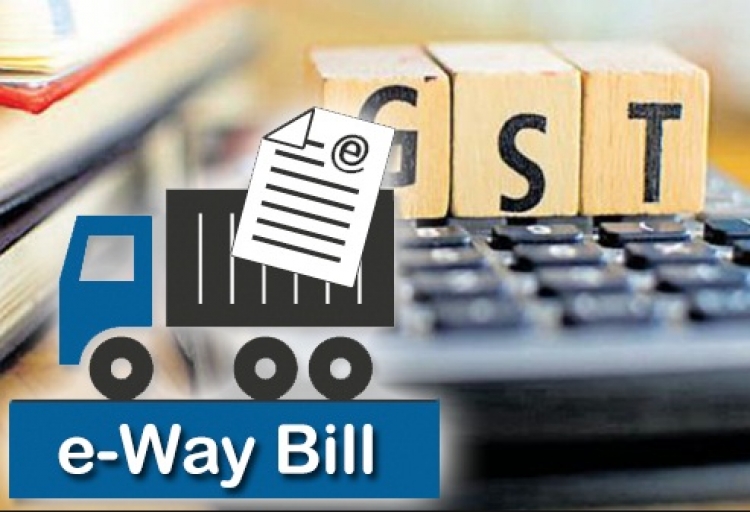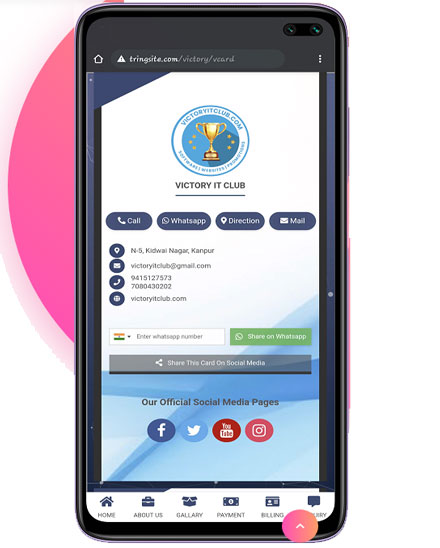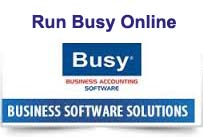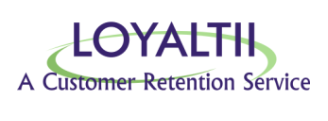All About GST eWay Bill

1. What is an e-Way Bill?
E-Way Bill is an electronic way bill for movement of goods or for supply of goods of value more than Rs. 50,000 from one place to another. it can be generated on the e-Way Bill Portal. Transport of goods of more than Rs 50,000 in value cannot be made by a registered person without an e-way bill.
E-way bill can also be generated or cancelled through SMS.
When an e-way bill is generated a unique e-way bill number (EBN) is allocated and is available to the supplier, recipient, and the transporter.
Starting from 1st February 2018, all the registered suppliers or the transporters/ recipients as the case may be belonging to any State or any Union territory in India must compulsorily generate e-Way Bill for Inter-State movement of goods.
Also, as per the announcements made in the 25th GST Council meet, 15 States will be notifying e-Way Bills for Intra-State movement of Goods with effect from 1st February 2018.
2. When Should e-Way Bill be issued?
E-way bill will be generated when there is a movement of goods of value more than Rs. 50,000 -
- In relation to a supply
- For reasons other than a supply ( say a return)
- Due to inward supply from an unregistered person
For this purpose, a supply may be either of the following:
- A supply made for a consideration (payment) in the course of business
- A supply made for a consideration (payment) which may not be in the course of business
- A supply without consideration (without payment)In simpler terms, the term supply usually means a:
- Sale - sale of goods and payment made
- Transfer - branch transfers for instance
- Barter/Exchange - where the payment is by goods instead of in money
Therefore, e-Way Bills must be generated on the common portal for all these types of movements.
3. GST E Way Bill Validity Period According to the Distance
| Sr. no. | Distance | Validity Period |
|---|---|---|
| 1 | Less than 100 km | 1 Day |
| 2 | 100 km or more but less than 300 km | 3 Days |
| 3. | 300 km or more but less than 500 km | 5 Days |
| 4. | 500 km or more but less than 1000 km | 10 Days |
| 5. | 1000 km or more | 20 Days |
The incharge of conveyance will be mandated to keep the invoice or bill of supply or delivery challan, and a copy of the e-way bill or the e way bill number in physical or Radio Frequency Identification Device (RFID) format with him and must be attached to the conveyance. The tax commissioner or the authorized officer can demand the e-way bill or the number associated to verify the details upon all the inter-state and intra-state movement of goods and commodities.
4. Cases when e-Way bill is Not Required
In the following cases it is not necessary to generate e-Way Bil:
- The mode of transport is non-motor vehicle
- Goods transported from port, airport, air cargo complex or land customs station to Inland Container Depot (ICD) or Container Freight Station (CFS) for clearance by Customs.
- Transport of specified goods (PDF of List of Goods).
Note: Part B of e-Way Bill is not required to be filled where the distance between the consigner or consignee and the transporter is less than 10 Kms and transport is within the same state.
4. Who should Generate an e-Way Bill?
- Registered Person - E-way bill must be generated when there is a movement of goods of more than Rs 50,000 in value to or from a Registered Person. A Registered person or the transporter may choose to generate and carry e-way bill even if the value of goods is less than Rs 50,000.
- Unregistered Persons - Unregistered persons are also required to generate e-Way Bill. However, where a supply is made by an unregistered person to a registered person, the receiver will have to ensure all the compliances are met as if they were the supplier.
- Transporter - Transporters carrying goods by road, air, rail, etc. also need to generate e-Way Bill if the supplier has not generated an e-Way Bill.
| Who | When | Part | Form |
| Every Registered person under GST | Before movement of goods | Fill Part A | Form GST EWB-01 |
| Registered person is consignor or consignee (mode of transport may be owned or hired) OR is recipient of goods | Before movement of goods | Fill Part B | Form GST EWB-01 |
| Registered person is consignor or consignee and goods are handed over to transporter of goods | Before movement of goods | Fill Part B | The registered person shall furnish the information relating to the transporter in Part B of FORM GST EWB-01 |
| Transporter of goods | Before movement of goods | Generate e-way bill on basis of information shared by the registered person in Part A of FORM GST EWB-01 | |
| An unregistered person under GST and recipient is registered | Compliance to be done by Recipient as if he is the Supplier. | 1. If the goods are transported for a distance of ten kilometers or less, within the same State/Union territory from the place of business of the consignor to the place of business of the transporter for further transportation, the supplier or the transporter may not furnish the details of conveyance in Part B of FORM GST EWB-01.
2. If supply is made by air, ship or railways, then the information in Part A of FORM GST EWB-01 has to be filled in by the consignor or the recipient |
Note: If a transporter is transporting multiple consignments in a single conveyance, they can use the form GST EWB-02 to produce a consolidated e-way bill, by providing the e-way bill numbers of each consignment.
If both the consignor and the consignee have not created an e-way bill, then the transporter can do so by filling out PART A of FORM GST EWB-01 on the basis of the invoice/bill of supply/delivery challan given to them.
5. Some Features of GST E-way Bill
- In order to generate e-way bill easily, the user is able to make masters of suppliers, products, and customers
- Multiple forms of e-way bill generation for convenience in use
- Notifications and alert messages will be forwarded to registered e-mail and mobile number of the users
- A unified e-way bill will be generated to vehicle taking various consignments
- Now it is easy to regulate e-way bills generated from users account or on behalf
- The user can further make sub-users and roles on concerning e-way bill portal for creating the e-way bill
- Vehicle number can be added by the recipient or supplier of goods generating EWB or who is the transporter
- QR code will be mentioned on an e-way bill in order to make easy accessibility of information
Like us on Facebook :
Related Posts

GET YOUR OWN MOBILE WEBSITE IN JUST A FEW MINUTES.
Use it as your Visiting Card, Product Catalogue etc.
Create a Digital Business Card or a Mobile Website almost for FREE and share with anybody. You can also check some sample links provided here and learn more about what it is.
View More...
Busy 21 going to launch in Jan 2021
Jan 2021 will be a new beginning for Busy Accounting Software users. They are going to experience a new version of Busy, i.e. Busy 21. As per the company's management there will be a price hike in the software prices. Also, there will be some new features coming on the way.
View More...
How to run your Busy Accounting Software Online On Laptop or Mobile
Here we are going to show you, how you can keep your software and your data online and run your Busy Accounting Software from anywhere thru your Laptop or Mobile.
View More...
Tips to learn before you create in New Financial Year in BUSY
3 most important tips, that you should remember before you start working on New Financial Year in Busy Accounting Software. We have also tried to describe the following things...
View More...
